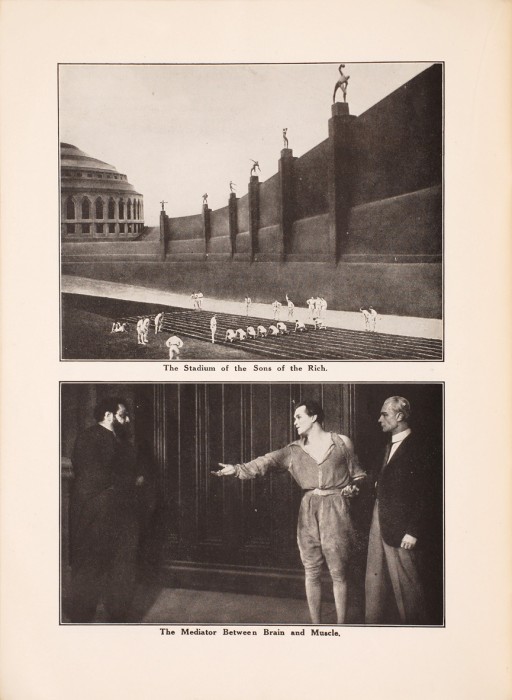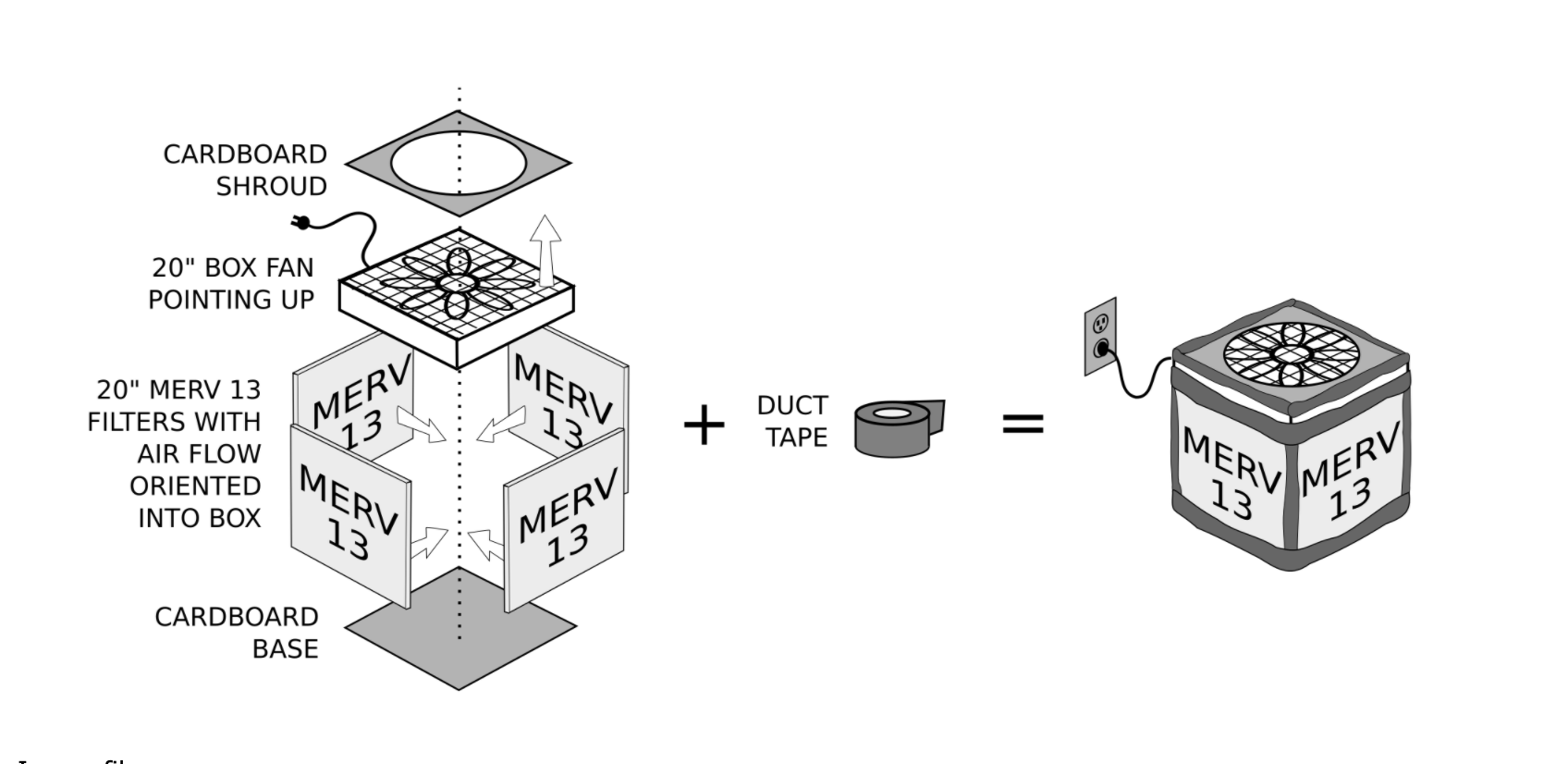A too-precious genre of internet meme depicts departed public figures who did not know each other in life meeting in heaven with hugs, high-fives, and wincingly earnest exchanges. These sentimental vignettes are almost too easy to parody, a kitschy version of the “what if” game, as in: what if two creative geniuses could collaborate in ways they never did before they died?
What if John Lennon had formed a band with Eric Clapton—as Lennon himself had once proposed? Or what if a Jimi Hendrix/Miles Davis collaboration had come off, as Hendrix envisioned the year before his death? More than just fantasy baseball, the exercise lets us speculate about how musicians who influenced each other might evolve if given the chance to jam indefinitely.
When it comes to Miles, there are few who haven’t been influenced by the jazz great, whether they know it or not. Prince Rogers Nelson knew it well. The son of a jazz pianist, Prince grew up with Miles’ music. Although he “gravitated to the worlds of rock, pop, and R&B,” writes pianist Ron Drotos, Prince “seems to have seen jazz as a way to express himself in a broader way than he could through more commercial styles alone.”
Prince was so interested in exploring jazz—and Davis’ particular form of jazz—in the 80s that he formed a band anonymously, called Madhouse (actually just him and horn player Eric Leeds), and released two albums of fusion instrumentals. The influence went both ways. “Miles considered Prince to have the potential to become another Duke Ellington and even modeled his own 1980s music partly on Prince’s style,” with 1986’s Tutu standing out as an example. What if the two musicians had worked together? Can you imagine it?
They did not—to our knowledge, although Prince’s vault is vast—collaborate on an album, but they did create one studio track together, “Can I Play With U?” And the two virtuoso composers and musicians jammed together onstage, once, at Paisley Park, on New Year’s Eve, 1987. The concert was a benefit for the Minnesota Coalition for the Homeless and the last time Prince performed the Sign O’ the Times stage show. At the tail end of the concert, Davis steps onstage for “an ice-cold appearance,” Okayplayer notes. “As a companion to the release of a deluxe edition” of the album, “the late icon’s estate has relinquished the full two-hour-plus set.”
Watch the concert at the top (trust me, don’t just skip ahead to see Davis at 1:43:50). Just above, you can see an hourlong “pre-show” taped with Maya Rudolph, “lifelong Prince devotee,” Emmy-winning comedian, and daughter of Minnie Riperton. Other guests include Prince’s longtime sideman and collaborator on his jazz project, Eric Leeds. “If you’re here, then you’re cool, like me,” Rudolph jokes, “and you know a lot about Prince.” Or maybe you don’t. Let Rudolph and her guests fill you in, and imagine Prince and Davis making celestial jazz-funk forever, between high-fives, in the Great Beyond.
If you would like to sign up for Open Culture’s free email newsletter, please find it here. It’s a great way to see our new posts, all bundled in one email, each day.
If you would like to support the mission of Open Culture, consider making a donation to our site. It’s hard to rely 100% on ads, and your contributions will help us continue providing the best free cultural and educational materials to learners everywhere. You can contribute through PayPal, Patreon, and Venmo (@openculture). Thanks!
Related Content:
In 1969 Telegram, Jimi Hendrix Invites Paul McCartney to Join a Super Group with Miles Davis
When Miles Davis Discovered and Then Channeled the Musical Spirit of Jimi Hendrix
The Night When Miles Davis Opened for the Grateful Dead (1970)
Josh Jones is a writer and musician based in Durham, NC. Follow him at @jdmagness




















